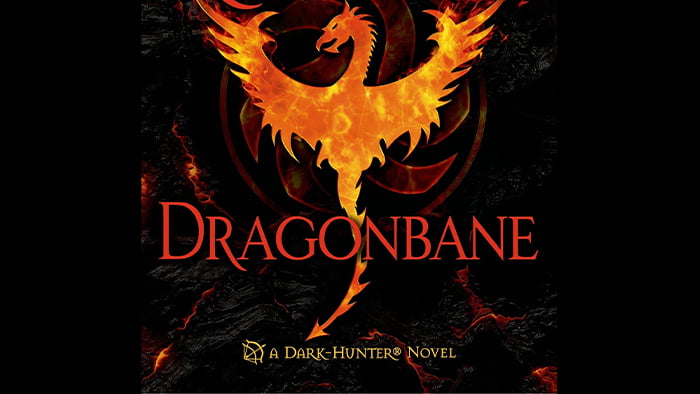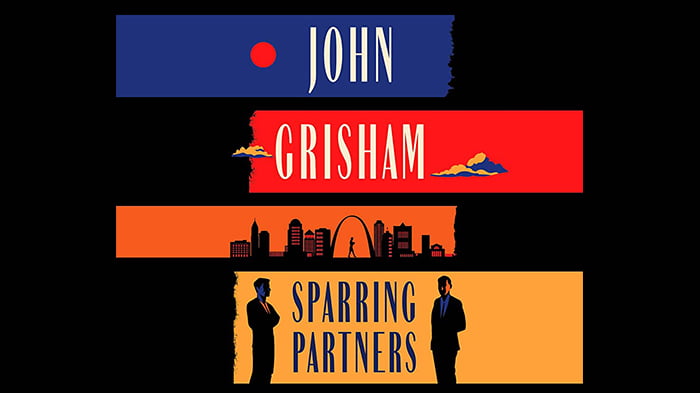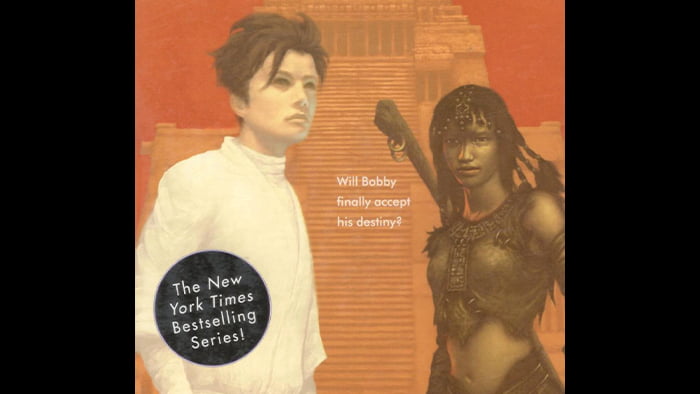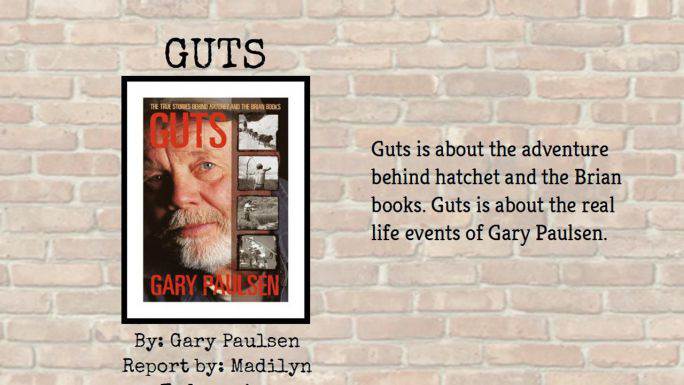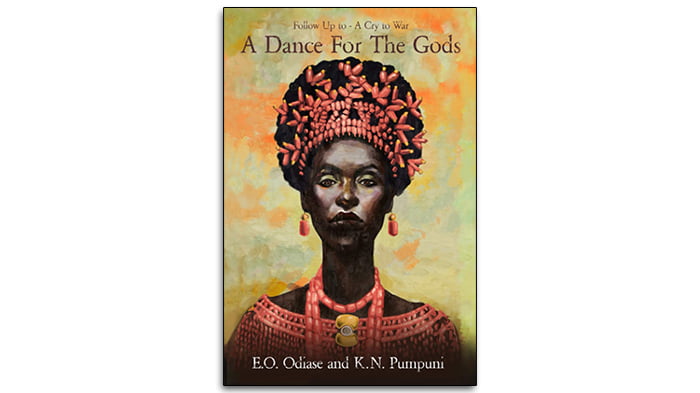Still Life
A GMA Book Club Pick (A Novel) By: Sarah Winman
In “Still Life,” Sarah Winman crafts a beautifully written and deeply moving novel that spans decades and continents, weaving together the lives of unforgettable characters united by love, war, art, and the enduring power of human connection. This captivating story, selected as a pick by both Good Morning America and Veranda Magazine book clubs, showcases Winman’s exceptional talent for creating richly textured and emotionally resonant narratives.
The novel opens in war-torn Tuscany in 1944, where a chance encounter between Ulysses Temper, a young English soldier, and Evelyn Skinner, a middle-aged art historian, sets in motion a series of events that will shape Ulysses’s life for the next forty years. Winman’s evocative prose brings to life the ruins of war-torn Italy, as well as the unexpected bond that forms between these two kindred spirits amidst the rubble.
As Ulysses returns to post-war London, he carries with him the memories of his time in Italy, even as he re-immerses himself in the colorful and eccentric world of his crew at The Stoat and Parot pub. Winman’s vivid and affectionate portrayal of this motley group of characters is one of the novel’s many strengths, as she imbues each member of Ulysses’s chosen family with a distinct personality and a rich inner life.
When an unexpected inheritance draws Ulysses back to the Tuscan hills, he finds himself once again confronted with the ghosts of his past and the enduring pull of fate. Winman’s deft exploration of the interplay between chance and destiny, as well as her keen insights into the human heart, lend the novel a profound emotional depth that will resonate with readers long after the final page.
One of the most striking aspects of “Still Life” is Winman’s exquisite prose, which is at once lyrical and grounded, capable of capturing both the sweeping grandeur of history and the intimate details of everyday life. Her writing is infused with a deep sense of empathy and a keen understanding of the complexities of the human experience, as she explores themes of love, loss, resilience, and the transformative power of art.
Throughout the novel, Winman’s narrative is enriched by the presence of E. M. Forster, whose ghost serves as a subtle but powerful reminder of the enduring impact of literature and the ways in which stories can shape our lives and connect us across time and space. This meta-literary element adds an additional layer of depth and meaning to an already rich and multi-faceted novel.
Ultimately, “Still Life” is a celebration of the beauty and love that can be found in all its forms, from the bonds of family and friendship to the transcendent power of art and the natural world. Winman’s ability to capture the essence of these enduring human experiences with such grace, humor, and tenderness is a testament to her skill as a writer and her deep understanding of the human condition.
In conclusion, Sarah Winman’s “Still Life” is a luminous and unforgettable novel that will captivate readers with its exquisite prose, memorable characters, and profound insights into the nature of love, art, and the ties that bind us across time and space. This sweeping and emotionally resonant story is a must-read for anyone who appreciates beautifully crafted literature that speaks to the heart and the soul.
 Skip to content
Skip to content
